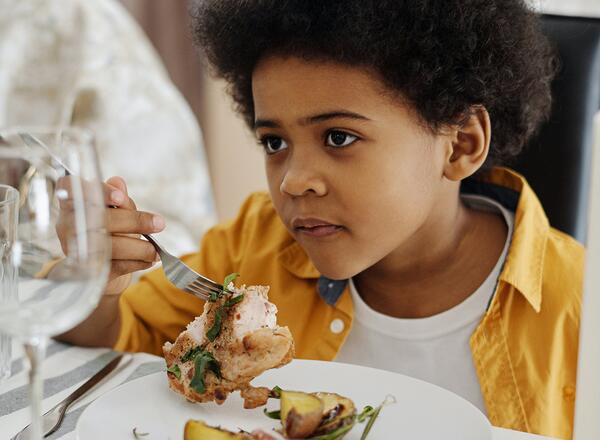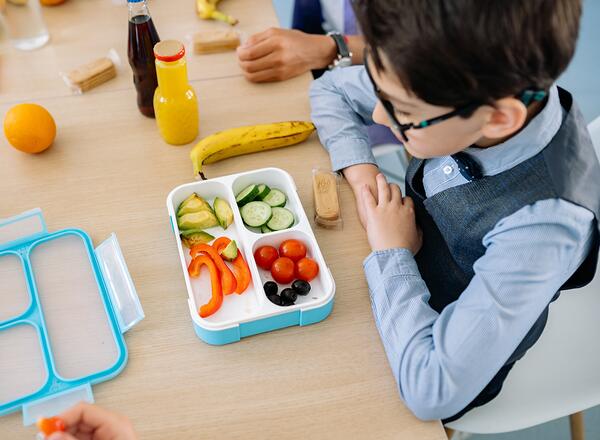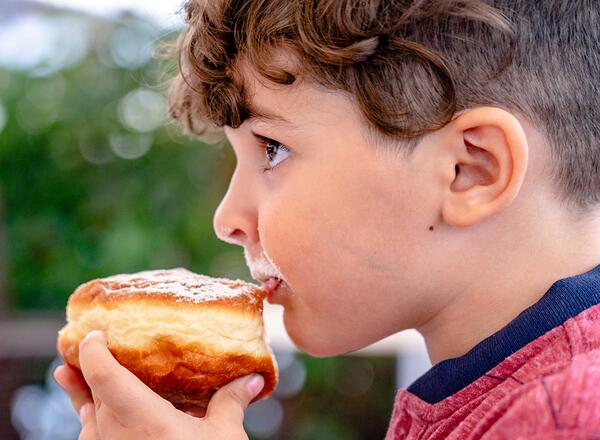
In children who already have diabetes, diet and exercise need to be carefully coordinated with the medication regimen to maintain target blood glucose levels.
Physical Activity
Here are some things that need to be considered when incorporating physical activity into diabetes treatment.
- Talk to your child's doctor first about the types of physical activity that might be best.
- If your child has not been active in the past, they should start with just a few minutes each day. They shouldn't get upset if they can't do very much at first, but any amount of activity helps.
- Get your child’s blood pressure checked before they start any very active play if your doctor thinks this is a good idea.
- Blood glucose and blood lipids should be monitored and within a normal range.
- If your child has type 1 diabetes and is taking insulin, you need to make sure that the blood glucose level doesn’t get too low during or after activity. In case of a hypoglycemic emergency, they should have a medical ID bracelet.


